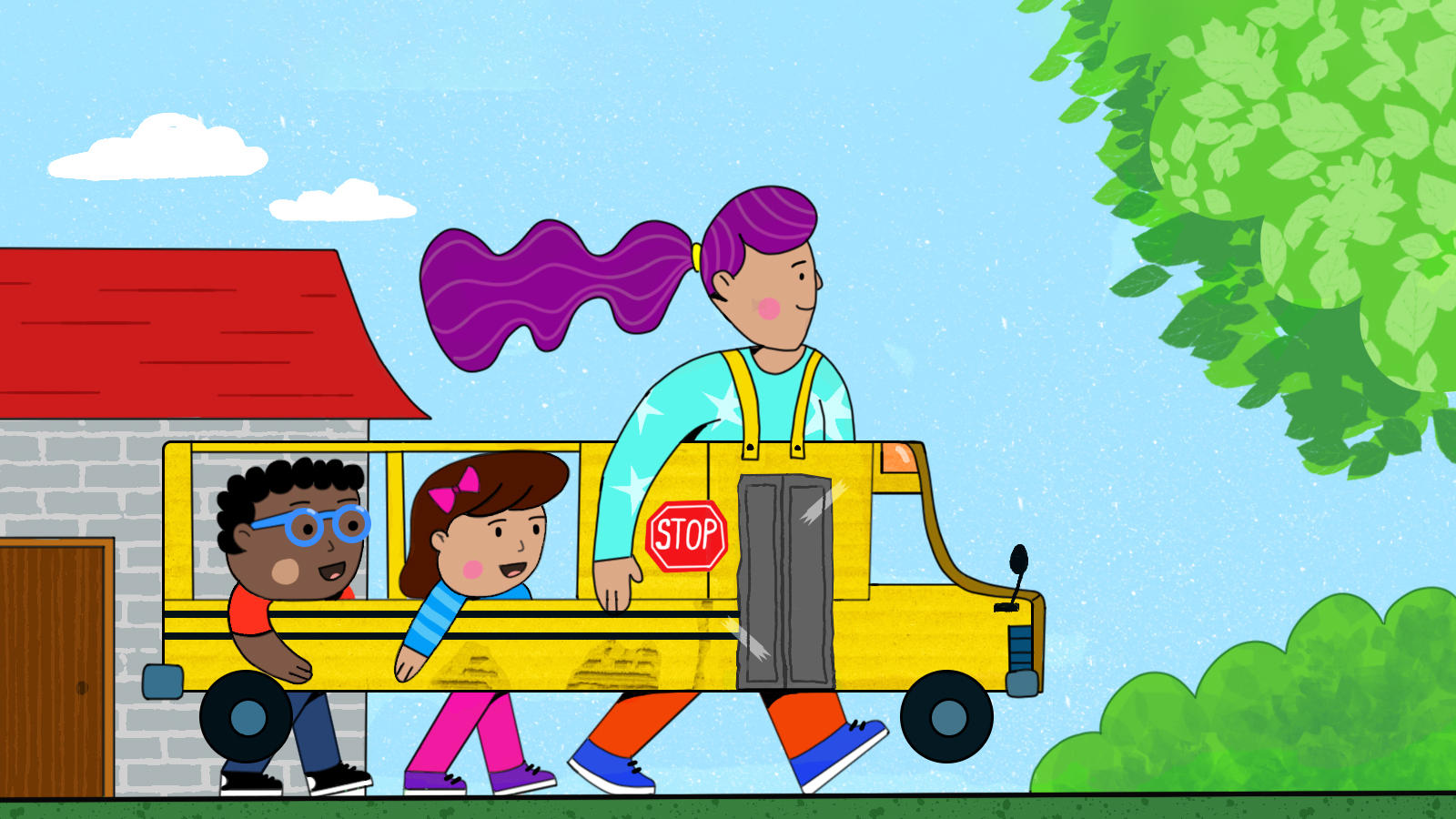
Lost Commutes
Why The Disruption Of Our Old Routines Took An Unexpected Toll — And How We Can Fill The Void
By Jennifer Latson
Why The Disruption Of Our Old Routines Took An Unexpected Toll — And How We Can Fill The Void
None of us shed a tear for the commutes we lost when we first started working remotely. Their loss, we thought, was our gain — an extra hour (more or less) to do whatever we wanted with. Get in a workout! Cook a gourmet breakfast! Or, for some: More time to work!
Now, a year into the COVID-19 pandemic, we’ve started to miss our old routines — even the ones we never valued in the before times. It’s why the “fake commute” has become a thing: people put on “real clothes,” pack a lunch, leave their house, walk around the block, and then go back inside and sit at their desk to start the work day.
These people haven’t cracked: They’re taking an essential step toward rebuilding the boundaries that have blurred during lockdown, according to British researchers. “Engaging in a ‘pretend commute’ at the beginning and the end of the day not only provides an opportunity to build some physical activity into your daily routine but also provides an opportunity to transition between work and non-work parts of lives,” says University College London Professor Anna Cox.
Scott Sonenshein, an organizational psychologist at Rice University’s Jones Graduate School of Business, has been a fan of the fake commute since the early days of lockdown. It started as a way to get his two daughters to settle down for a day of virtual school, he says.
“At first there was nothing — there was no structure, there was no virtual program, and it was quickly obvious that they were languishing. My wife and I divided up the homeschooling responsibilities, and we talked about how to signal when the school day starts and stops,” he says. “I needed that marker for myself, too. So very quickly, probably within the first week, we decided to walk around the block and then come in, and that means you’re in school. They took it seriously — they’d put their backpacks on — but they also had fun with it. After a while they were like, ‘Can we ride our bikes to school? Can school be further away?’”
Replacing the old routine with a new one helped make the “new normal” less daunting, explains Sonenshein, the author of “Stretch: Unlock the Power of Less — And Achieve More Than You Ever Imagined” and the co-author, with Marie Kondo, of “Joy at Work.”
“Routines allow us to habituate action. They mean we don’t have to think about certain things; they happen automatically,” he says. “And they provide predictability, which these days is hard to come by. The paradox of the pandemic is that people are struggling with the monotony of lockdown, but we’re also longing for these routines that have been upended. This goes down to the deep-seated need humans have for control — that’s what we’re missing during the pandemic.”
Humans are hardwired to make and keep routines, in part because surprises are biologically alarming to us. We are, at heart, prediction machines, writes Kate Murphy, the author of “You’re Not Listening: What You’re Missing and Why It Matters.” Disrupting the way we’ve always
done something — from driving to work to shopping for groceries — pulls the rug of predictability out from under us, sending our brains into a tailspin.
“Our brains are literally overburdened with all the uncertainty caused by the pandemic,” she writes. “Things we had already figured out and relegated to the brain’s autopilot function — going to work, visiting the gym, taking the kids to school, meeting friends for dinner, grocery shopping — now require serious thought and risk analysis.”
In retrospect, our commutes may have been the unsung heroes of our old workdays. Not only did they create a valuable transition between our “on” and “off” hours, they gave us the opportunity to operate on autopilot, freeing up brainpower for new ideas and insights, Sonenshein says.
“Studies show that doing something mindless — just walking around the block or playing with a fidget spinner — allows your mind to wander and make connections. So even though it seems like you’re not working, the brain is working and coming up with ideas. Activities that don’t require a lot of concentration, but stimulate the brain really mildly are typically when the best insights come to you,” he says. “For many of us, those activities were built in to our old workdays. Just having a routine like walking to lunch or walking to get a coffee help make you more productive because you need that space to make the connections that don’t come to you when you’re thinking really hard about something.”
In addition to sparking good ideas, these mundane moments can also increase our sense of joy and purpose, says Samantha Heintzelman, a psychology professor at Rutgers University. By infusing our lives with pattern and regularity, they add a sense of coherence and comprehensibility to the world around us.
“When the world makes sense, life feels more meaningful,” she writes.
And while we tend to think of finding meaning in life as a grand, lightning-bolt moment, Heintzelman’s research shows that it’s more closely intertwined with the small habits we often take for granted: our morning hygiene regimen, our daily coffee runs, our weekly grocery shopping excursions.
“Some correlational research suggests that routines (e.g., consistently sitting in the same seat in a classroom or routinely visiting the same neighborhoods) are associated with feelings of comfort, confidence, safety, and control,” she wrote in a 2018 paper.
Those feelings are the scaffolding around which our sense of a larger purpose is constructed. The good news is that the routines themselves don’t matter as much as the sheer fact that they are routines: regular, reliable and consistent. Every routine was brand-new once, of course, and just doing something new once a day for two weeks will make it feel automatic—and likely to stick, King’s College London researcher Benjamin Gardner tells The Economist. That means the routines we established during lockdown are likely so well established by now that they’ll linger long after the pandemic ebbs.
But it’s never too late to create new routines, Sonenshein says. We can start by letting go of the ones that no longer make sense in our new normal.
“Don’t focus on what you don’t have,” he says. “Find potential in what’s around you. That starts with taking stock of what you’re able to do and the places you can go.”
If your fake commute starts to get old, infuse it with the kind of (limited) novelty you might have done with your real pre-pandemic commute, he suggests. On their “commute” to “school” every morning, Sonenshein and his kids try to spot three new, interesting things each time.
“The commute is always the same, but there’s always at least three new things we notice,” he says. “It could be something new in someone’s yard, a flower sprouting from a gutter, or an interesting doorknob. I would bet you can get through the whole pandemic on your same route and find new things each time.”
The commute itself may be pretend, after all, but the benefits of sticking with it are very real.
Jennifer Latson is an editor at Rice Business and the author of “The Boy Who Loved Too Much.”
Never Miss A Story


